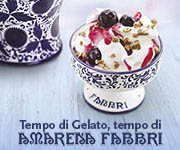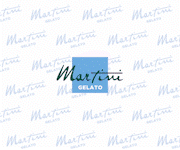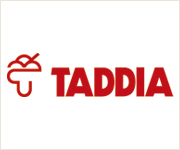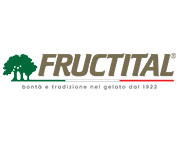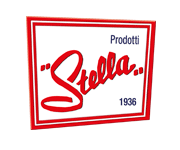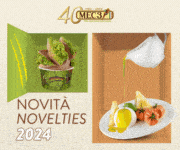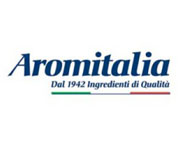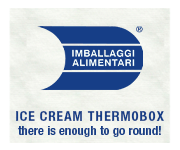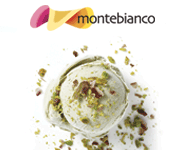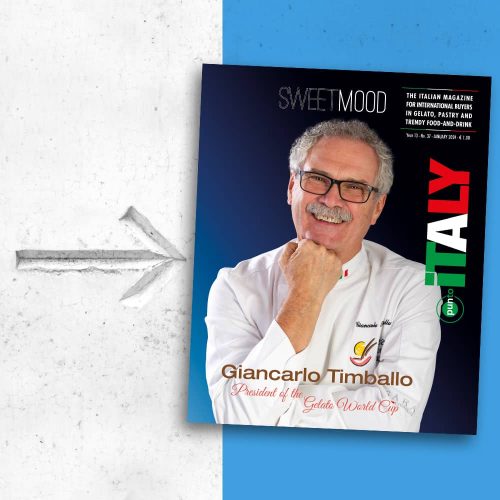The comeback of white wines
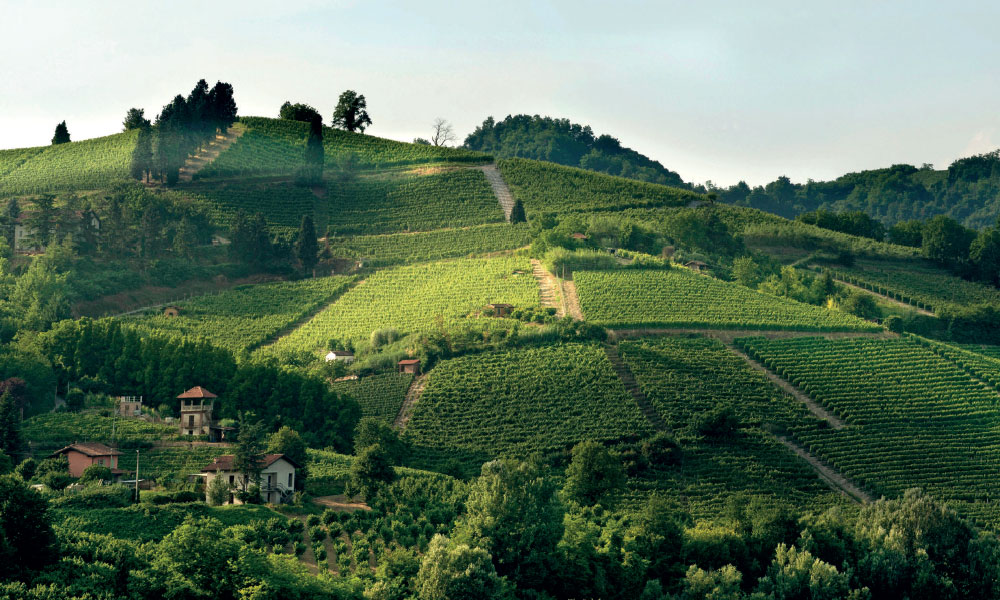
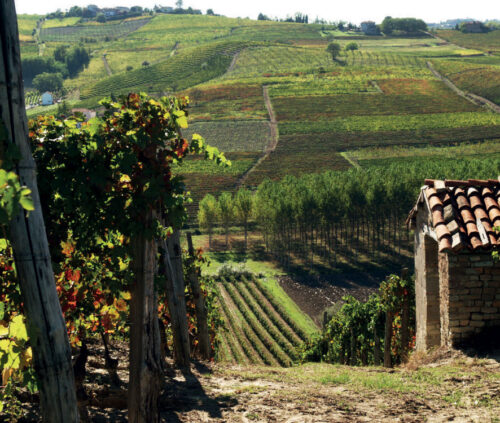
The reason for its success
The Piedmont wineries have made a lot of progress in the past few years: research, quality, new technologies, promotion of the territory, intelligent investment, exceptional care with production, respect of the environment. They are also making important progress in the recovery of ancient varieties. For example, there is the Bian Ver variety, a typical Alpine variety, which is currently present only in Alta Valsusa, Val Chisone and Pinerolese. We have decided to present three varieties with an ancient history, which are constantly growing in the international market.
The Piedmont region is known throughout the world for its high-quality red wines, but that is a mistake. Today, as highlighted during the Milan Wine Week and specifically during the Masterclass “Only White – the great white wines of Piedmont,” the white wines of this region debunk the myth that it is impossible to produce high quality white wines with the same aging process as the most well-known reds. It is seducing more and more attention from wine lovers and from Italian and international chefs. The white wine from Piedmont is revealing itself as a wine that is easy to pair with numerous dishes of both traditional and gourmet cuisines.
Erbaluce, a variety that stands out
Another interesting proposal, whose name recalls the shininess of the grape is Erbaluce. It is a native grape from Canavese, and its name seems to come from the Latin expression “Alba Lux.” Celebrated and often quoted is the 1600 passage of Giovan Battista Croce, a jeweller for Charles Emmanuel I, Duke of Savoy: “Erbalus is white like that of the sunrise, because its whiteness shines: its grains are round, dense and plentiful. Its shell or skin is hard: when ripe it
remains firm and coloured, and it remains for a long time on the vine.” This grape is cultivated mostly in the Alpine foothills of Piedmont, in particular in the Canavese area. Here the pergola system is preferred to protect the grape from the sun. It is also cultivated in the Viverone lake area. Its flavour profile is delicate, fruity, with floral, aromatic herb, almond, linden, honey notes. Its minerality is thanks to the moraine content in the soil. After 4-5 years, it becomes a masterpiece. You can detect aromas of sultana grapes, saffron, French broom flowers, and marzipan. It has an elegant complexity, and it is easy to pair.
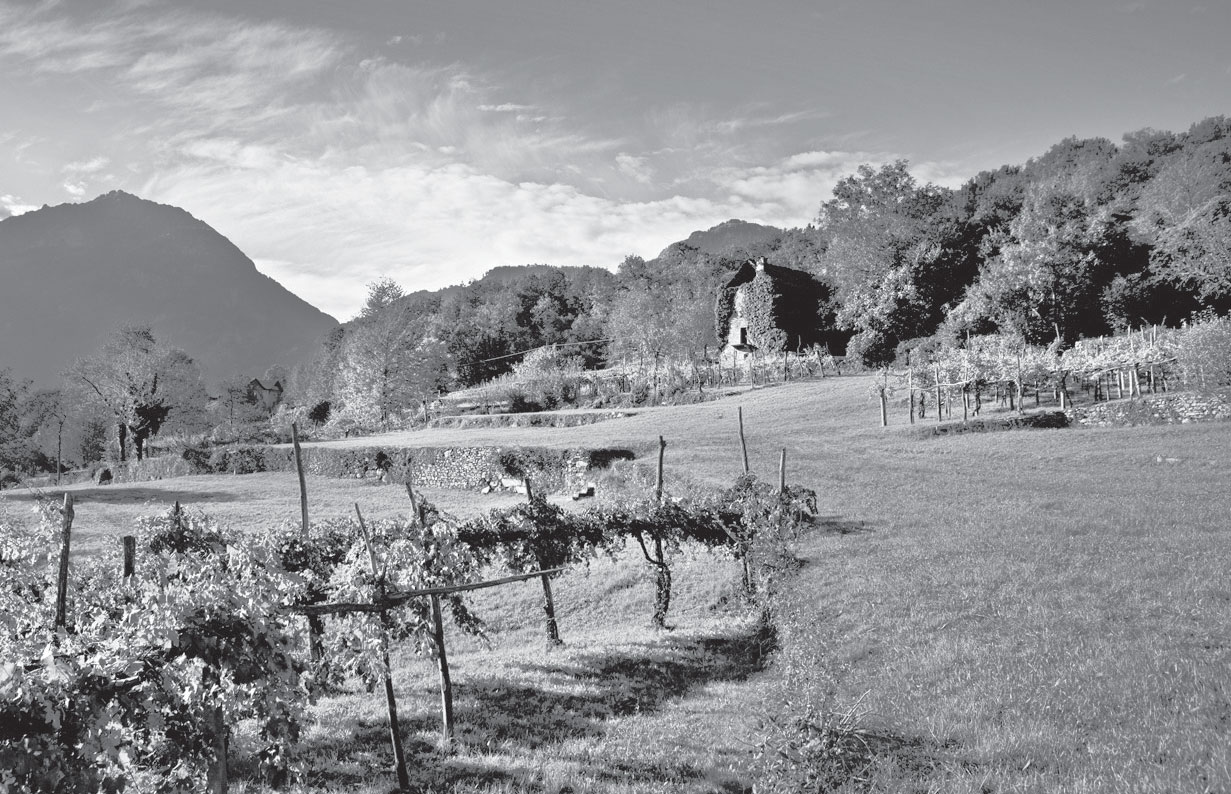
Roero Arneis, the Nebbiolo of the sands
The first stop on our journey is in Roero, on the banks of the Tanaro river, where Arneis, the Nebbiolo of the sands, is produced. The Roero hills have taken over the sea water, which explains the presence of numerous fossils and of sand in the soil. The name “Roero” is that of a noble family from Asti, dedicated to commerce and money lending. The origins of the word “Arneis” is more difficult. For some, it comes from the Piedmont dialect (where the expression is used to describe a bizarre person); for others, it comes from the late Latin word “arnesius” (utensil).
Some documentsattest the present of Arneis in Roero between the end of the 1400’s and the beginning of the 1500’s, where it is named “Reneysium” and “Ornesium.” Yet again in the historical documents of the 1700’s, it can be found as a valuable grape for making sweet wine. Arneis is cited for the first time with its current name in various accounting books dating the beginning of the 1800’s, where it is called “bianco Arnesi.” In the 1900’s, Phylloxera nearly caused its extinction. In the 1960’s, its cultivation had been reduced to just a few rows, grown to defend other grapes that were considered more valuable from hungry birds. Only with the new way of understanding white wines was interest in Arneis reignited. The first productions were heroic, but they earned critical acclaim. Luigi Veronelli wrote: “fruity, fresh and acidic. It vibrates like a viper’s body.”
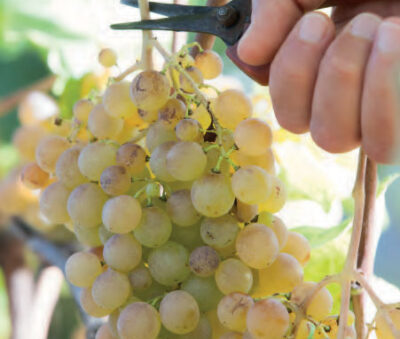
Shortly after, Mario Soldati defined it as “very fragrant, but with extreme grace: not with fruit notes, but with floral. It has a slightly bitter aroma, like a geranium. It is a wine you cannot get tired of.” Arneis is a variety of grapes that are very fragrant, but not aromatic: perfect for making an excellent, dry white wine. To the palate, it is sapid, with a medium structure and a good persistence. It is generally light, with a slight herbal aroma and a flavour that recalls almonds. Its delicate fragrance makes it easy to drink but it isn’t trite.
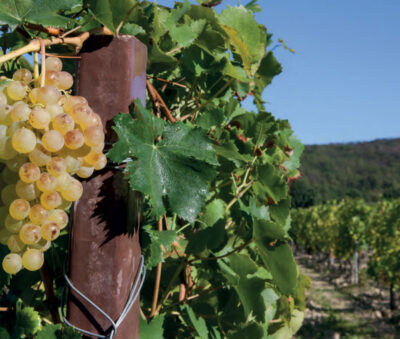
Gavi, the noble wine
Obtained from Cortese grapes, this wine boasts a DOCG, which extends to eleven towns in the southern part of the Alessandria province: Bosio, Carrosio, Capriata d’Orba, Francavilla Bisio, Gavi, Novi Ligure, Parodi Ligure, Pasturana, San Cristoforo, Serravalle Scrivia, Tassarolo. For a long time, the Gavi territory was under Genova’s domain, and it became the location for the country homes of a few noble families, who encouraged wine production to enrich their banquets. It is a wine that has various nuances due to the various structures of the terroir. It goes from the red soils thanks to the ferrallitization of the rock, to the white soils in the South, due to the calciumand clay-rich marlstone with sea origins. The first historic testi monies of wine production in the Gavi territory date June 3, 972. A document preserved in the Archives of Genova recount the rental to two citizens of Gavi of the vines and chestnut groves on the behalf of the Archbishop of Genova. During the experiments to fight the Phylloxera, between 1820 and 1940, experimental vines were planted in the fort’s ditch, which probably reinforced the production of this wine. It is a refreshing wine, elegant with high minerality and acidity. It has a pale yellow colour with hints of green. Its aroma profile recalls flowers and fresh fruit, with citrus and almond notes.
Its international success
The comeback of Piedmont’s white wines, happily accepted by Italian and international chefs, it’s a grand auspice for the future of Piedmont wines in Italy and abroad. Specifically, for the export industry of Piedmont, wine represents an important economic resource. 60% of the production is destined for the foreign market. Of this amount, 30% goes to countries outside of the European Union, where the main market is the USA. The other 70% is consumed in Europe, with Germany and Great Britain as top consumers.
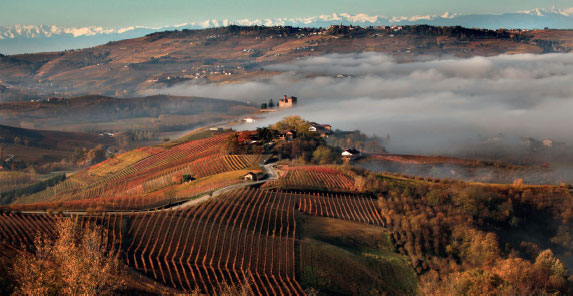
Recent Blog Posts
 Medac and AIFA: Hip hip hooray for Charles!
Medac and AIFA: Hip hip hooray for Charles! Sigep 2024 - Carpigiani’s special events with a look at the “green” future of Gelato and pastry
Sigep 2024 - Carpigiani’s special events with a look at the “green” future of Gelato and pastry Maurizio Manzi, as Ambassador for AIG, at the Melbourne Italian Festa
Maurizio Manzi, as Ambassador for AIG, at the Melbourne Italian Festa Medac awarded with the EcoVadis gold medal
Medac awarded with the EcoVadis gold medal MIG Longarone and SIRHA Budapest: a new dynamic space for italian gelato
MIG Longarone and SIRHA Budapest: a new dynamic space for italian gelato Medac supports Alice Italian Food Academy
Medac supports Alice Italian Food Academy The Gelatissimo 2024 online ticket office is officially open.
The Gelatissimo 2024 online ticket office is officially open. Casa Optima Group looks for two exclusive agents
Casa Optima Group looks for two exclusive agents Gelatissimo 2024: here the first information
Gelatissimo 2024: here the first information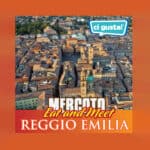 Ci Gusta opens a new store into the “Il Mercato Eat&Meet” in Reggio Emilia
Ci Gusta opens a new store into the “Il Mercato Eat&Meet” in Reggio Emilia

